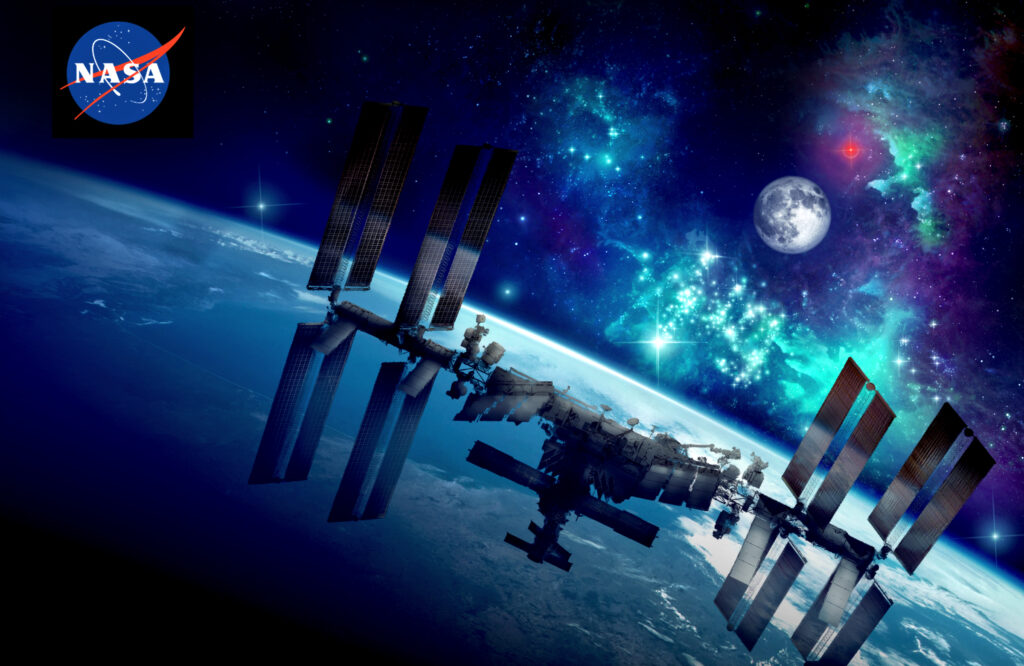
As part of the agency’s efforts to enable broader use of space, NASA has released its final goals and objectives for LEO defining the long-term approach toward advancing microgravity science, technology, and exploration for the benefit of all.
Developed with input from a wide range of stakeholders, NASA’s Low Earth Orbit Microgravity Strategy will guide the agency toward the next generation of continuous human presence in orbit, enable greater economic growth, and maintain international partnerships.
“As we near the retirement of the International Space Station in 2030, these objectives are a pivotal next step in solidifying U.S. leadership in space,” said NASA Deputy Administrator, Pam Melroy. “Our consultation with industry, academia, and international partners has helped refine a visionary roadmap for our future in low Earth orbit, which will be enabled by a continuous human presence. Together, we are ensuring that the benefits of exploring space continue to grow – advancing science, innovation, and opportunities for all, while preparing for humanity’s next giant leap of exploring the Moon, Mars and beyond.”
In early 2024, NASA initiated a planning process that included drafting an initial set of goals and objectives for the low Earth orbit microgravity environment and seeking feedback from its workforce, government partners, industry, academia, international space agencies, and the public. The agency reviewed more than 1,800 comments and hosted two workshops, resulting in essential adjustments to the goals and objectives to better align with its partners.
The final framework includes 13 goals and 44 objectives across seven key areas: commercial LEO infrastructure, operations, science, research and technology development for exploration, international cooperation, workforce development and science, technology, engineering, and mathematics (STEM) engagement, and public engagement.
The agency’s efforts in LEO are integral to its broader ambitions for deep space exploration. The microgravity environment in LEO provides a cost-effective, easily accessible proving ground for technologies and research necessary for human missions to explore the solar system. With most of the journey to Moon and Mars occurring in microgravity, the objectives give the opportunity to continue vital human research, test future exploration systems, and retain the critical skills needed to operate in the microgravity environment.
“These finalized objectives represent a clear path forward as NASA transitions from the International Space Station to a new era of commercial space stations,” said Robyn Gatens, director of the International Space Station and acting director of commercial spaceflight. “Low Earth Orbit will remain a hub for scientific discovery, technological advancement, and international cooperation, while making strategic investments in a commercial space ecosystem that benefits not just NASA, but the entire space community.”
The LEO microgravity goals and objectives, combined with significant stakeholder engagement, drive NASA’s need to maintain an unbroken, continuous heartbeat of humans in the commercial low Earth orbit destinations era. NASA requires long-duration flights to mitigate risk for future trips to the Red Planet. To ensure reliable access to and use of low Earth orbit, a diversity of providers operating on a regular cadence is essential. The objectives will also guide the development of requirements for future commercial space stations that will support NASA’s missions, while reducing risk for human missions to Mars, preserving operational skills, advancing critical scientific research, and sustaining engagement with international and commercial partners.
“Collaboration and consultation remain a cornerstone of our low Earth orbit strategy,” said John Keefe, director of cross-agency strategy integration at NASA. “The objectives we’ve established will help NASA craft a work plan that ensures NASA is positioned to meet current and future needs and prioritizes the development of critical capabilities for low Earth orbit.”
